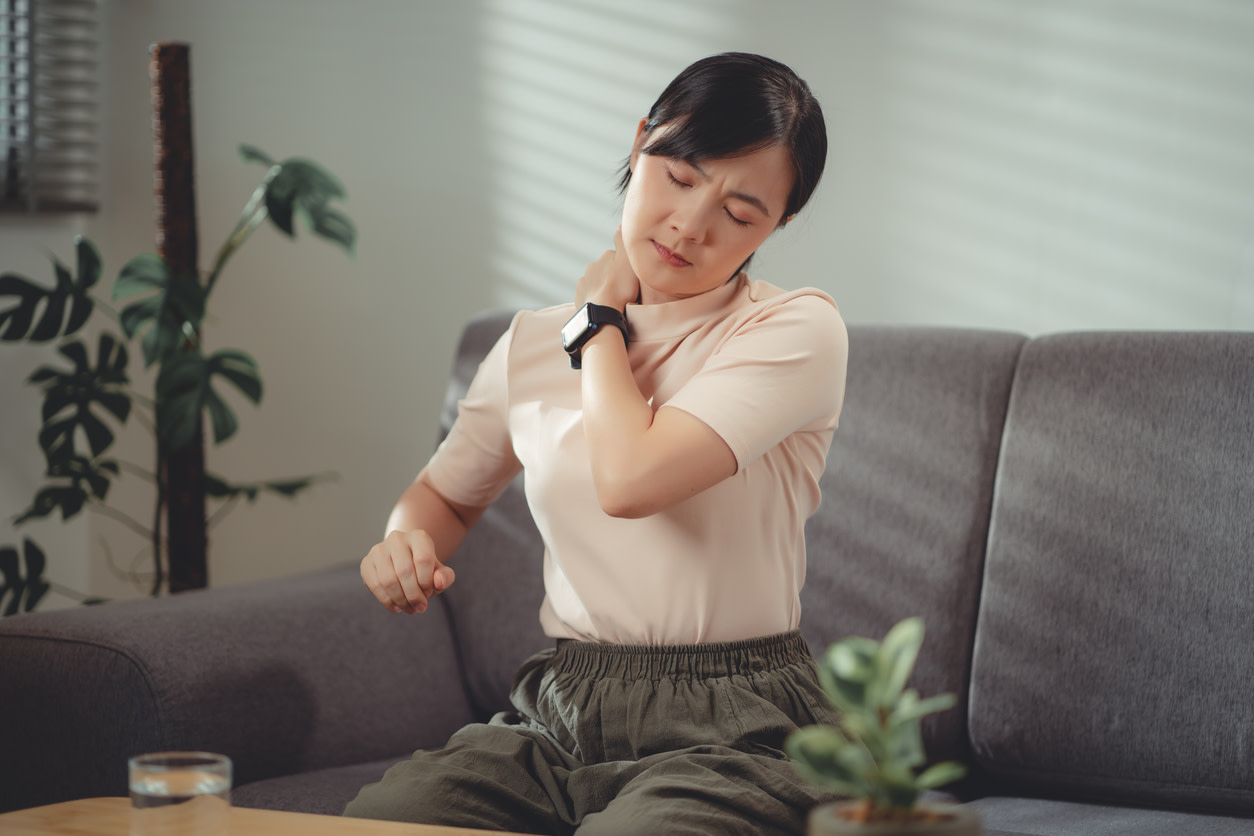How to Treat Neck and Shoulder Pain, According to Physical Therapists
Discover common causes and best treatments for neck and shoulder pain. Get exercises and tips from physical therapists to manage and prevent discomfort.
0 $ pour vous
Date de publication : Nov 15, 2024
Table des matières
Fully covered arm or shoulder pain relief
Find relief from arm pain, shoulder pain, pinched nerves, & more.
Check if I'm eligibleExercises for Neck and Shoulder Pain
Want expert care? Check if you're covered for our free program →- Chin Tucks
- Head Turns With Hand
- Seated Levator Stretch
- Bent Over I-Y-T
- Banded Pull Aparts
- Median Nerve Glide
